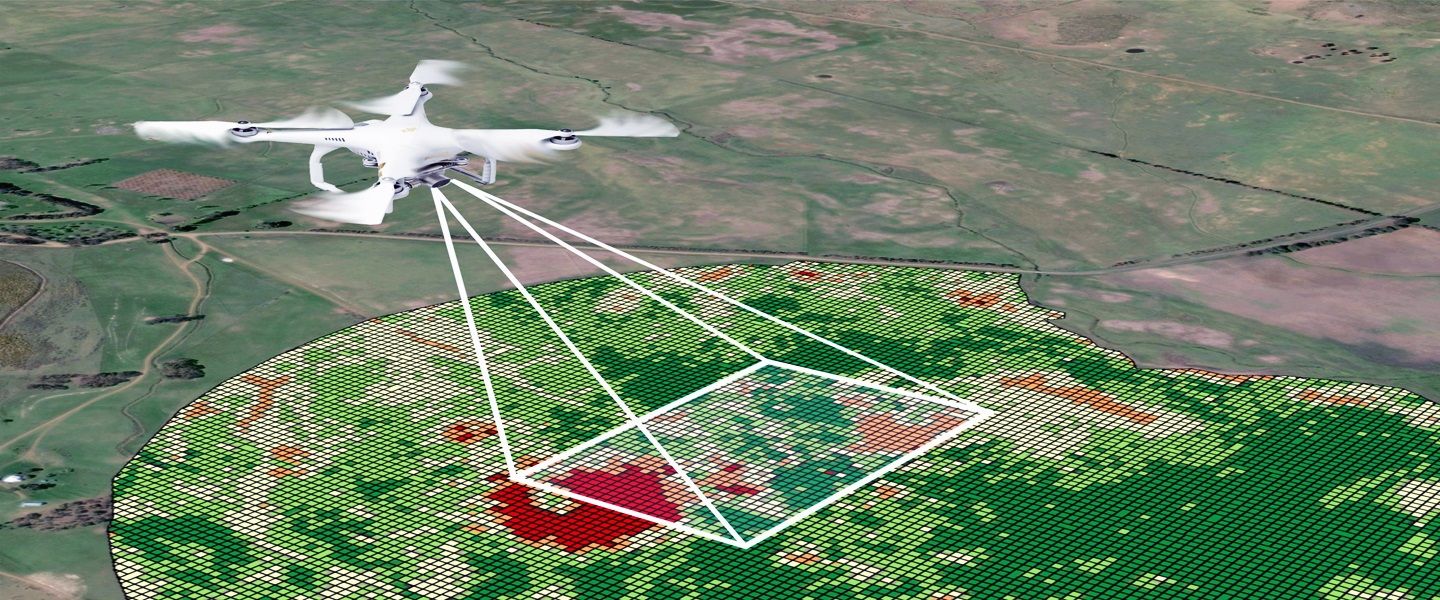The construction industry has always been on the lead of adopting new technologies to boost performance and accuracy. Along with the advent of drone surveying, a good innovative approach is usually taking center stage, modifying how projects happen to be planned and accomplished. Drones are certainly not simply a novelty; these are powerful tools that will bring a wide variety of benefits, coming from aerial mapping in addition to 3D modeling in order to precise data series. As companies try to improve their workflow and decrease costs, integrating drones into surveying businesses has emerged since a game corriger.
This short article explores how drone surveying is changing the construction market. By examining the benefits, applications, in addition to the technology right behind it, we might shed light on the growing role of drones in various aspects associated with construction and land management. Once we delve into this high solution, we seek to provide insights intended for both seasoned experts and those only beginning to explore typically the potential of drone surveying in their particular projects.
Advantages of Drone Surveying
Drone surveying offers impressive advantages over traditional methods, primarily due to its capability to capture high-resolution info quickly and accurately. This technology substantially reduces the time required to complete surveys, enabling construction jobs to maneuver forward without the prolonged holds off often related to ground-based surveying. Through the use of high views, drones might cover large areas in a cheaper time, making them especially useful for expansive construction sites or perhaps projects in remote control locations.
Moreover, the finely-detailed of drone surveying enhances data good quality, bringing about more reliable and actionable information. Drones built with innovative sensors and cams can collect detailed information that standard methods might miss out on. This can increase decision-making around internet site planning and useful resource allocation, as stakeholders have access to be able to clearer visuals and even data analytics of which inform their tactics. Enhanced accuracy likewise diminishes the potential risks regarding errors that may guide to costly project setbacks.
Additionally, drone surveying promotes safety in construction sites. Using the capability to carry out aerial inspections in addition to surveys, drones minimize the advantages of personnel in order to be onsite on potentially hazardous places. This not just protects workers yet also streamlines in business processes. By shifting the focus through manual surveying in order to drone technology, design firms can produce safer work environments while maintaining efficiency and even effectiveness in task execution.
Drone Surveying inside Design
Drone surveying will be transforming the design industry by giving innovative solutions that improve project workflows. Traditional surveying techniques usually involve extensive time and lengthy timelines, which can bring about project delays in addition to increased costs. Drones, equipped with sophisticated imaging technologies, could quickly gather large amounts of information from various angles, allowing construction teams to assess site conditions create informed judgements faster than actually before. This change not only improves productivity but furthermore significantly reduces the time spent in the initial phases associated with construction projects.
Moreover, drones improve accuracy and even efficiency in area surveys by lessening human error. https://telegra.ph/Skys-the-Limit-Precisely-how-Drone-Surveying-Is-usually-Transforming-Construction-from-the-Ground-Up-09-19 -site and get capture high-resolution pictures and create thorough topographical maps, drones provide precise proportions necessary for planning in addition to executing construction responsibilities. Additionally, the incorporation of 3D mapping capabilities allows construction firms to visualize their projects in a few dimensions, facilitating even better communication among stakeholders and helping determine potential challenges earlier in the method. This level associated with detail is challenging to achieve together with traditional survey approaches, making drones a crucial tool in current construction.

The adoption of drone technology likewise plays a vital role in improving safety on structure sites. By employing drones for assessments and monitoring, groups can identify challenges without putting personnel in harm's method. For instance, drones can inspect hard-to-reach areas or evaluate structural integrity from a distance, reducing the want for ladders or even scaffolding. As structure sites become significantly complex, the necessity intended for efficient and safe surveying solutions is escalating, tightly establishing drones since an essential element of the construction industry's future.
Future Trends inside Drone Technology
As the construction industry carries on to embrace innovation, drone technology is placed to advance even more, enhancing capabilities and applications. Drone Surveying Cirencester involving the key tendencies is the incorporation of artificial intellect and machine learning into drone surveying. These technologies may allow drones in order to process data more efficiently and offer real-time insights on construction sites. This kind of evolution will not necessarily only streamline work flow but also boost decision-making, making assignments more responsive to be able to change.
Another significant craze is the development of larger and more versatile drones in a position of carrying several sensors and tools. Drone Surveying Kingswood will expand the number associated with surveying tasks of which can be executed, including enhanced THREE DIMENSIONAL mapping and environment assessments. As typically the technology matures, we can expect drones to be even a lot more user-friendly, with robotic flight plans that will require minimal individual intervention, increasing their accessibility to construction professionals without extensive technical training.
Finally, we all are very likely to notice stricter regulations plus standards surrounding drone operations, ensuring protection and compliance within just the construction sector. As drone usage becomes more widespread, industry stakeholders can advocate for obvious guidelines that market best practices. This corporate evolution will help mitigate risks connected with drone surveying while fostering advancement and confidence inside the technology’s reliability. Mainly because these trends develop, they may undoubtedly shape the future landscape of design and its method to surveying.
